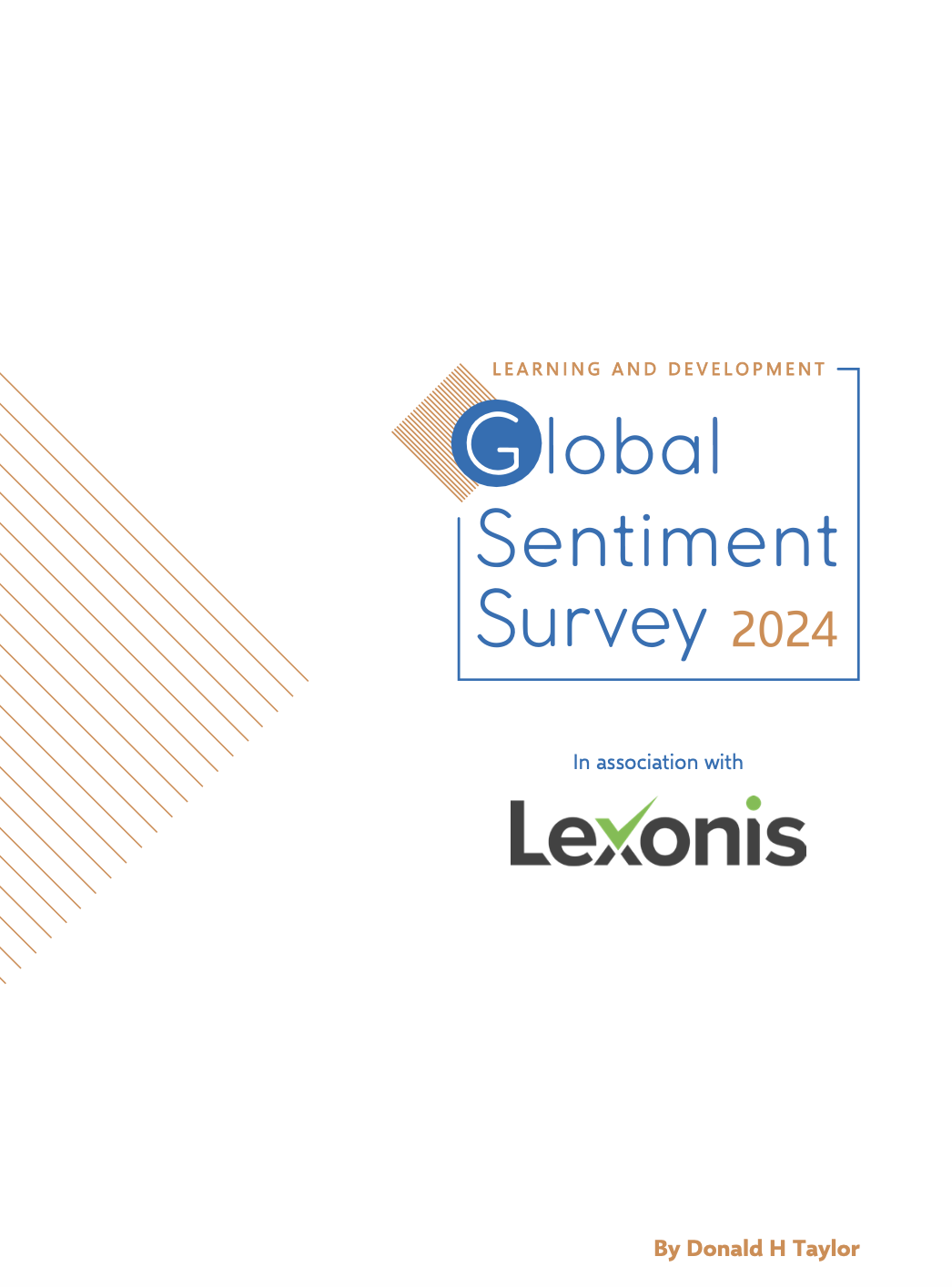Competencies – The Secret Weapon in the “War for Talent”*
The “War for Talent” has been an overused term in recent years and has had a lot of focus on talent acquisition and fighting off the competition – which doesn’t really reflect the complex challenges we see our clients at Lexonis facing in their talent management strategies.
Talent management is about attracting, identifying, developing, engaging, retaining and deploying people with the right knowledge and skills to support a business strategy.
Many of our clients depend on a highly skilled workforce; their value comes from the technical expertise and their success is often built on their customers’ trust in that expertise. Therefore, in order to maintain a competitive edge, our clients have to maintain their level of expertise.
Add to that, our clients are often challenged with achieving more than one objective; here’s a typical scenario: the client organization needs to understand the strategic capability required to support their current and future business needs; and to attract, retain and develop the right highly skilled individuals to fulfil this need.
Perhaps your organization faces similar challenges?
So how does a competency-based approach help our clients to achieve their goals? How can it help your organization to do the same?
The answer is by delivering these critical outcomes:
- Re-defining job descriptions with clear and understandable competency requirements that outline what it takes for employees to be successful in their role
- Developing career paths for specific streams in the organization to help employees to see their own potential for growth
- Defining alternative career paths for managers and technical experts that supports the movement of these employees and leveraging their knowledge, skills and abilities
- Providing visibility of learning and development opportunities for all, enabling employees to take ownership of their development plans
- Supporting the use of job-related competency-based interview questions that provide a fair and consistent approach to hiring, for both internal and external acquisition
One of the first tasks is for us to help the client to identify a well-structured competency framework, for instance, from the IBM Watson Talent Frameworks library; another is to provide supporting technology, such as our software offering, Lexonis TalentScape.
Using the prescribed framework, we help our clients to identify and define competency-based job profile definitions and well-structured career streams.
What are the outcomes of this approach for the organization?
- HR analytics to support capability analysis and ensure that the organization has the right skills needed to meet their business strategy
- Improved employee engagement through greater visibility of employee competency gaps and learning and development opportunities
- Clearly defined and accessible paths for career development that have greatly improved motivation, safeguarding retention of expertise
- Enhanced collaboration, engagement and agility between functional areas by using a common competency dictionary
- Better return on investment of existing learning assets based on competency-based learning needs analysis
Learn more about how to Define, Manage and Assess competencies using Lexonis TalentScape and how the IBM Watson Talent Frameworks can meet your organizational needs by clicking on the links provided or by visiting the Lexonis website: /
* “The War for Talent” is a term coined by Steven Hankin of McKinsey & Company in 1997 and refers to an increasingly competitive environment for attracting and retaining talented employees.


